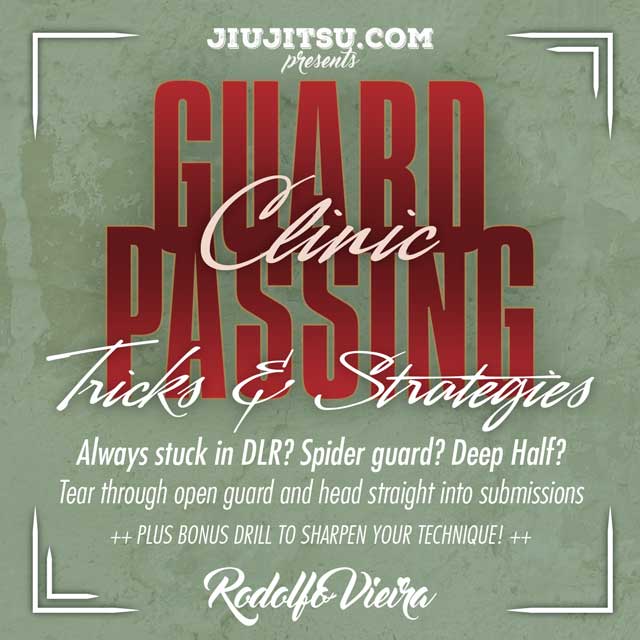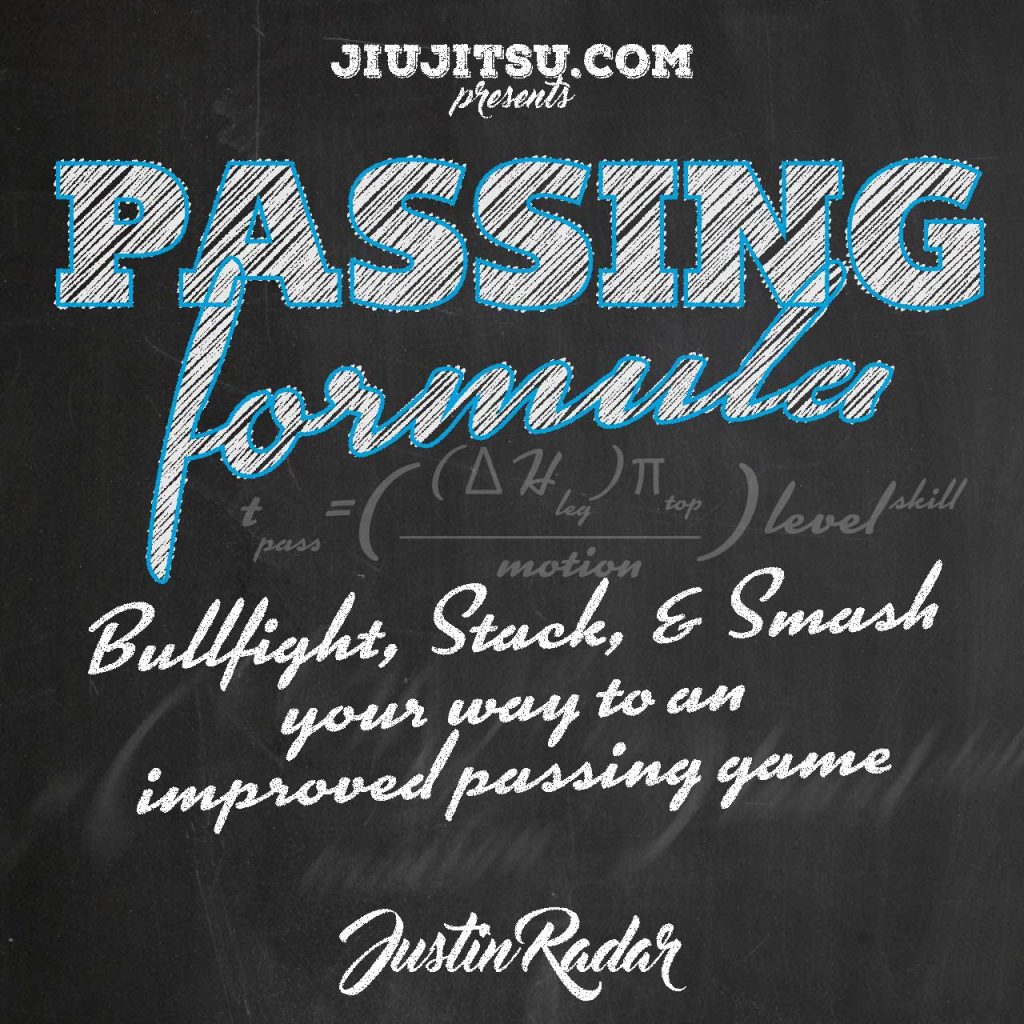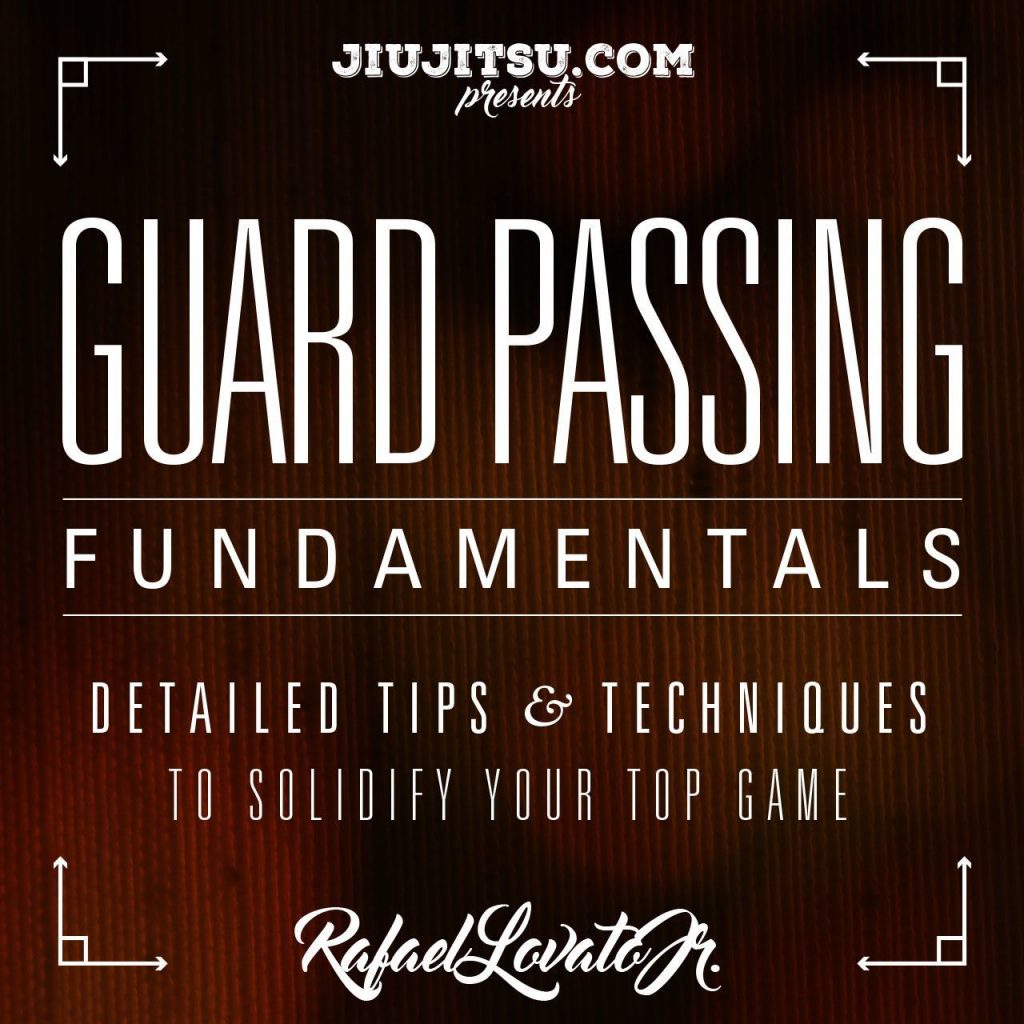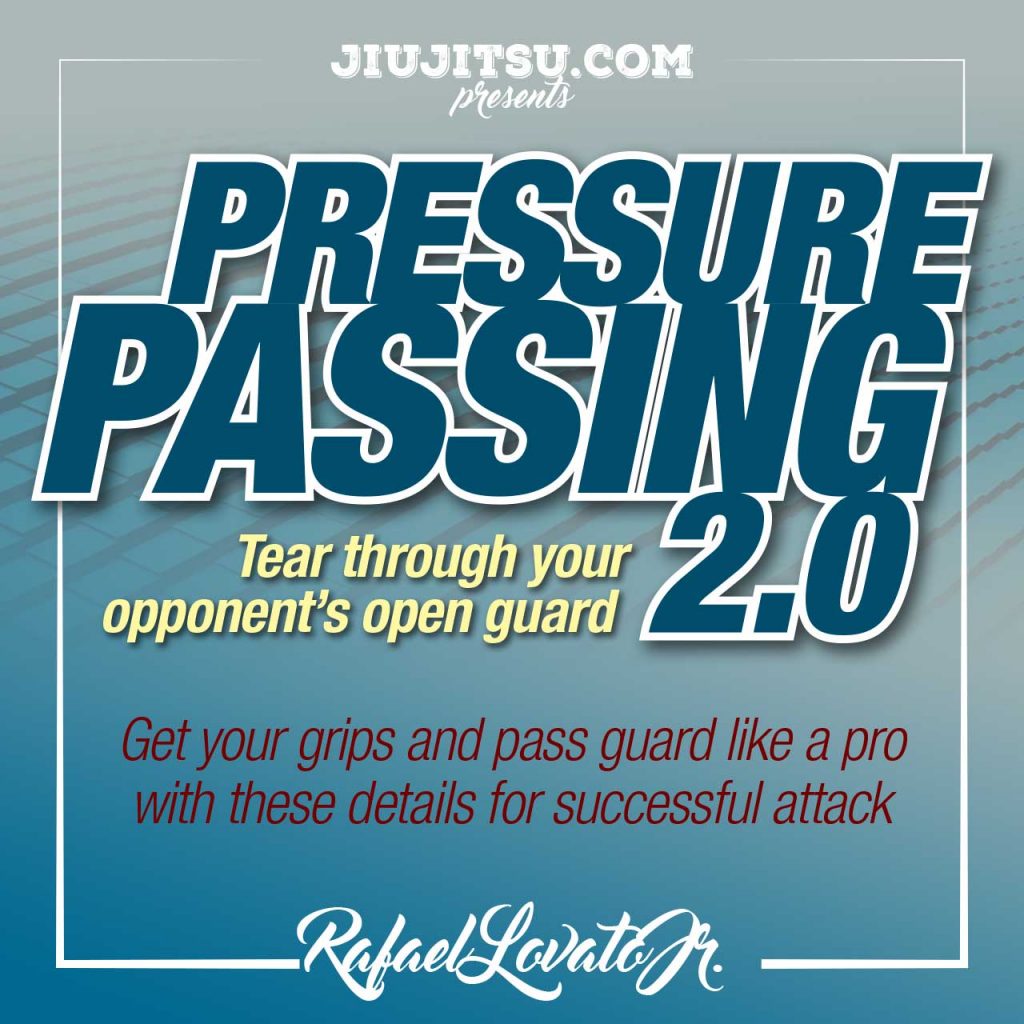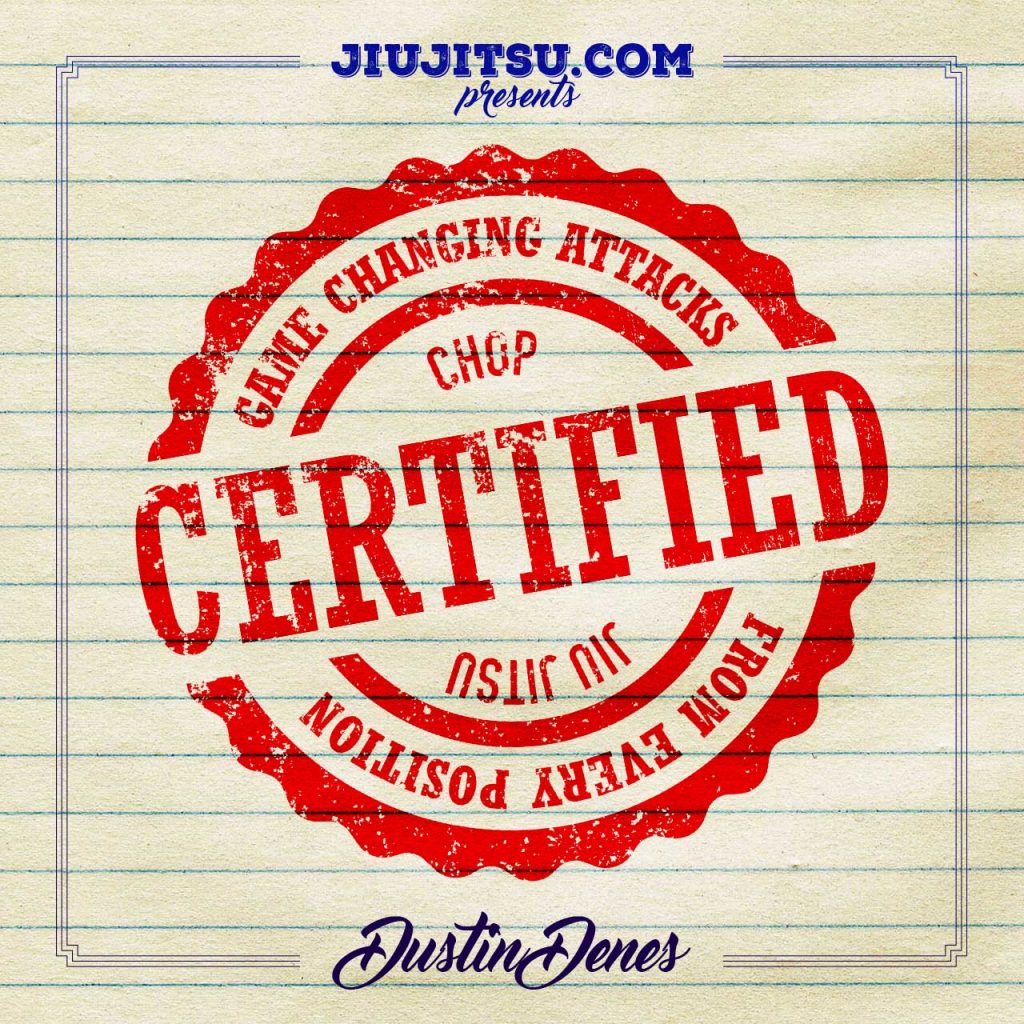Roadmap to Black Belt
Introduction to the BJJ Belt System
 Although many martial arts rely on a belt system as a way of displaying and ranking a practitioner’s skills, techniques, and knowledge, the jiu jitsu belt progression is unlike any other. In some ways, the jiu jitsu journey from brand new white belt to world-class black belt is similar for many practitioners of the sport, but the evolution and creativity flowing throughout the traditional grappling style means that no two martial artists will follow identical paths.
Although many martial arts rely on a belt system as a way of displaying and ranking a practitioner’s skills, techniques, and knowledge, the jiu jitsu belt progression is unlike any other. In some ways, the jiu jitsu journey from brand new white belt to world-class black belt is similar for many practitioners of the sport, but the evolution and creativity flowing throughout the traditional grappling style means that no two martial artists will follow identical paths.
While there are no formal overarching rules regarding how belt promotions are done in jiu jitsu, many academies and professors choose to hold one or two primary promotion ceremonies each year where they do the majority of the promotions — with the main one almost always held around the holidays in December. Between full belt promotions, practitioners are also awarded up to four stripes on each belt in order to mark their progress within the individual levels. These may be handed out as rewards for succeeding in competitions, attending lessons, classes, and seminars on a regular basis, or simply demonstrating significant progress in the knowledge and practice of the martial art.
The jiu jitsu belt system progresses from white to blue, purple, brown, black, and then eventually red for adult practitioners while children have their own belt colors added between the white and blue ranks. Typically, children’s belts and stripes are handed out significantly more frequently as a means to keep the young martial artists interested in learning and attending the academy.
Whether you’re just starting your lifelong journey as a white belt or looking to put the finishing touches on your black belt, our belt progression roadmap will keep you informed and progressing every step of the way.
Average Time: 2-3 years
White Belt
White Belt Goals
- Learn how to relax
- Learn the basic positions (guard, side control, mount)
- Master one guard pass, one submission, one sweep
- Work on your conditioning
Although it may seem daunting to anyone just starting out, a practitioner’s time as a white belt will likely be the quickest progression of their entire jiu jitsu career. The average white belt is expected to know very little and be able to effectively execute even less, and many find themselves moving on to the next step in a year or less.
For those with no prior grappling knowledge, the white belt period is all about learning the basics of the sport, improving general fitness and conditioning, and beginning to understand some of the larger concepts. By the time a white belt is ready to be promoted, terms like “half-guard,” “side control,” “turtle position,” and “back mount” will be a part of their everyday vocabulary, and they should feel at least somewhat comfortable executing basic jiu jitsu-related movements such as hip escapes, breakfalls, and bridging.
Arguably the most important thing to learn as a white belt is the mindset of an effective jiu jitsu practitioner. Before beginning training, jiu jitsu may seem like a relatively straightforward martial art that can be easily powered through and mastered with strength and athleticism. The truth is that using strength and athleticism as a white belt is more likely to hurt — both physically and progress-wise — than relaxing and focusing on utilizing the right timing and techniques. Once the focus on physicality dwindles, it is then that a white belt can easily improve their conditioning for the sport and learn when to rest versus exerting energy.
Suggested Courses for White Belts
Average Time: 2-4 years
Blue Belt
Blue Belt Goals
- Focus heavily on defense
- Master multiple techniques for passing the guard
- Have multiple escapes from mount, back mount, side control
In some academies, the blue belt is truly where the jiu jitsu journey begins. By receiving a blue belt, a practitioner has shown to their professor and fellow students that they have a firm understanding of the martial art’s fundamentals and are ready to focus on learning more applicable techniques and specific details.
Although the finer points of offensive techniques from many positions may still be a work in progress, the blue belt generally has enough basics down to be able to defend themselves against most standard submissions and to provide a bit of a challenge for those who are more skilled and experienced than they are. While utilizing them within the flow of competition or sparring may still require some practice, an experienced blue belt will also likely dabble in more advanced techniques such as inverted guards, practical hip tosses, and straight footlocks.
Ultimately, blue belt is the most common level for the average jiu jitsu practitioner, and it’s a sign of interest and knowledge in the martial art without having committed too many years to training and learning. Some blue belts experience a relatively quick promotion to purple within a couple of years — either due to intense dedication or a more casual academy — but it can take as long as four years for a steady blue belt to progress to the next level.
Suggested Courses for Blue Belts
Average Time: 2-5 years
Purple Belt
Purple Belt Goals
- Have a dangerous guard game
- Can execute multiple combination attacks
- Comfortable using and passing advanced guard variants (de la riva, spider, deep-half, etc)
- Can execute multiple submissions from all mount positions
- Leg lock introduction
Among many practitioners, the purple belt is viewed as the transitional period from beginner to expert. Generally regarded as the midpoint of a jiu jitsu student’s career, receiving a purple belt is a sign that the practitioner takes the martial art seriously and has committed a significant portion of their adult life to it.
With nearly every bit of entry-level jiu jitsu firmly in their grasp, a purple belt should be ready to move on to some of the more advanced techniques. Whether they want to nail down the finer points of X guard or take their knee-on-belly game to the next level, throughout the (sometimes lengthy) time a practitioner has their purple belt is when they’re able to begin working on an advanced style of jiu jitsu that best suits them.
If there’s ever a moment for jiu jitsu practitioners where the martial art as a whole begins making sense and they’re able to focus on the minute details that separate professionals from amateurs, it usually begins to take place as a purple belt. Although jiu jitsu may still feel like a casual hobby when acquiring a purple belt, most martial artists find that by the time they’ve earned their stripes and are ready to move on to becoming a brown belt, it’s become as much a part of their life as anything outside of their day job and family life.
Additionally purple belts should feel comfortable enough with the basic techniques that they’re able to adequately teach children’s and/or white belt fundamentals classes.
Suggested Courses for Purple Belts
Average Time: 3-5 years
Brown Belt
Brown Belt Goals
- Craft your own style
- Transition your mindset from defense first to attack first
- Becomes comfortable using leg locks
- Comfortable with several advanced techniques
By the time a jiu jitsu practitioner reaches the level of brown belt, they should already be at the point where they are confident enough in their abilities to begin specializing in certain areas or experimenting with modifications of their own. Although many martial artists will begin attempting to put their own twists and spins on things at earlier stages of their careers, most brown belts should have the near-flawless grasp of the basics and well-rounded knowledge of advanced techniques required to put together functional variations and sequences on their own without the assistance of a professor.
For all intents and purposes, a brown belt should have their own style, strengths, and weaknesses identified well enough to be able to start putting together complex and effective gameplans for themselves and other practitioners in both educational and competitive settings. With all — or at least most — basic jiu jitsu positions and techniques at a competent level, the primary difference between the elite and beginner brown belts tends to be in the mental understanding and execution of advanced strategies and techniques.
In many instances, a black belt or red belt who runs a group of academies may rely on brown belts to help teach lower level students and run entire classes or programs in their absence. Any practitioner who has focused on jiu jitsu for long enough to acquire a brown belt has certainly learned the wisdom and discipline to earn the distinction of running at least a beginner-class on their own.
Suggested Courses for Brown Belts
Average Time: 48 years
Black Belt
Black Belt Goals
- Know that the journey never ends
- Continue to learn and grow
- Consider cross-training in other arts
- Focus on keeping your body and mind in shape
Suggested Courses for Black Belts

As is the case in most martial arts, earning a black belt is the ultimate goal for most jiu jitsu practitioners. Although there is technically a level above black belts in the jiu jitsu progression system, black belts are most commonly viewed as the professors and leaders of the jiu jitsu world. From a sporting perspective, black belt competitions are among the most viewed and appreciated on a regional, national, and international level, and both local and and world-class black belts are typically in charge of leading both academies and seminars.
By the time a practitioner receives their black belt, they’ve devoted well over a decade (or sometimes two) to the martial art and deserve the respect they’re given. Of course, the journey through the level of being a black belt is just as long and complicated as any other, as the difference between beginner and award-winning black belts can be just as wide as the gap separating brand new white belts from the best brown belts.
Simply put, every jiu jitsu practitioner’s dream of becoming a black belt can come true with enough dedication, time, and effort, but black belts don’t happen by accident. The black belt serves as the reward for a lifetime of work and the first step in the journey of another.
Red / Coral Belt
Once obtaining a coral belt, the practitioner has shown that they are as close to a master of the art of jiu jitsu as one can possibly be. Although no one will ever know every variation of every technique, a red belt has dedicated their entire life to the sport and should be revered as such. At that point, it is likely time for the martial artist to give back to the jiu jitsu community in a manner such as opening an academy of their own, offering seminars, operating tournaments, or creating instructional videos whether or not they are still competing on a national and international level.
By the time a practitioner receives their red belt, their focus should be less on their own personal progression and more on helping others or the community as a whole. It’s the highest honor available in the jiu jitsu belt progression, and thus comes with the most respect and the most responsibility.
